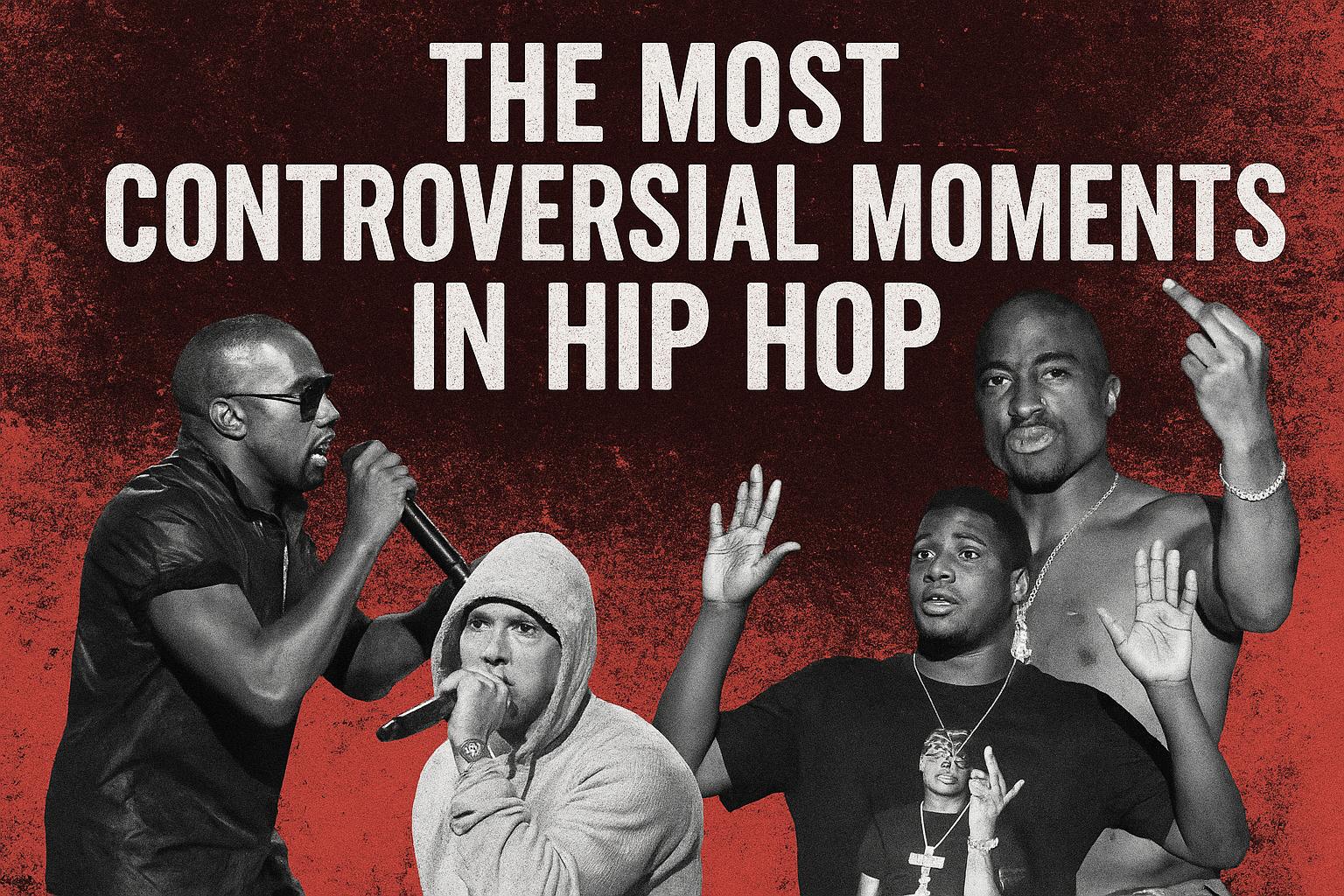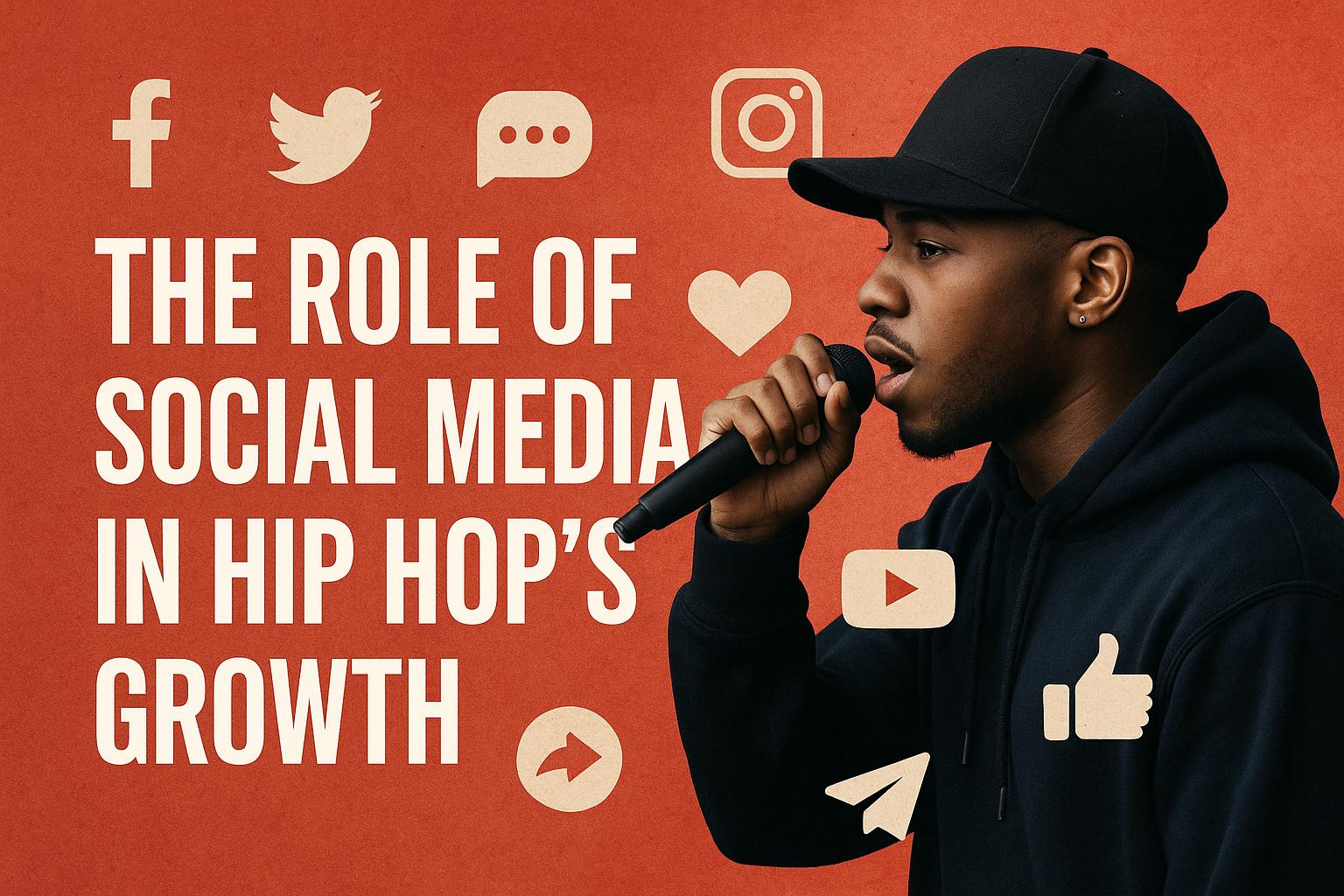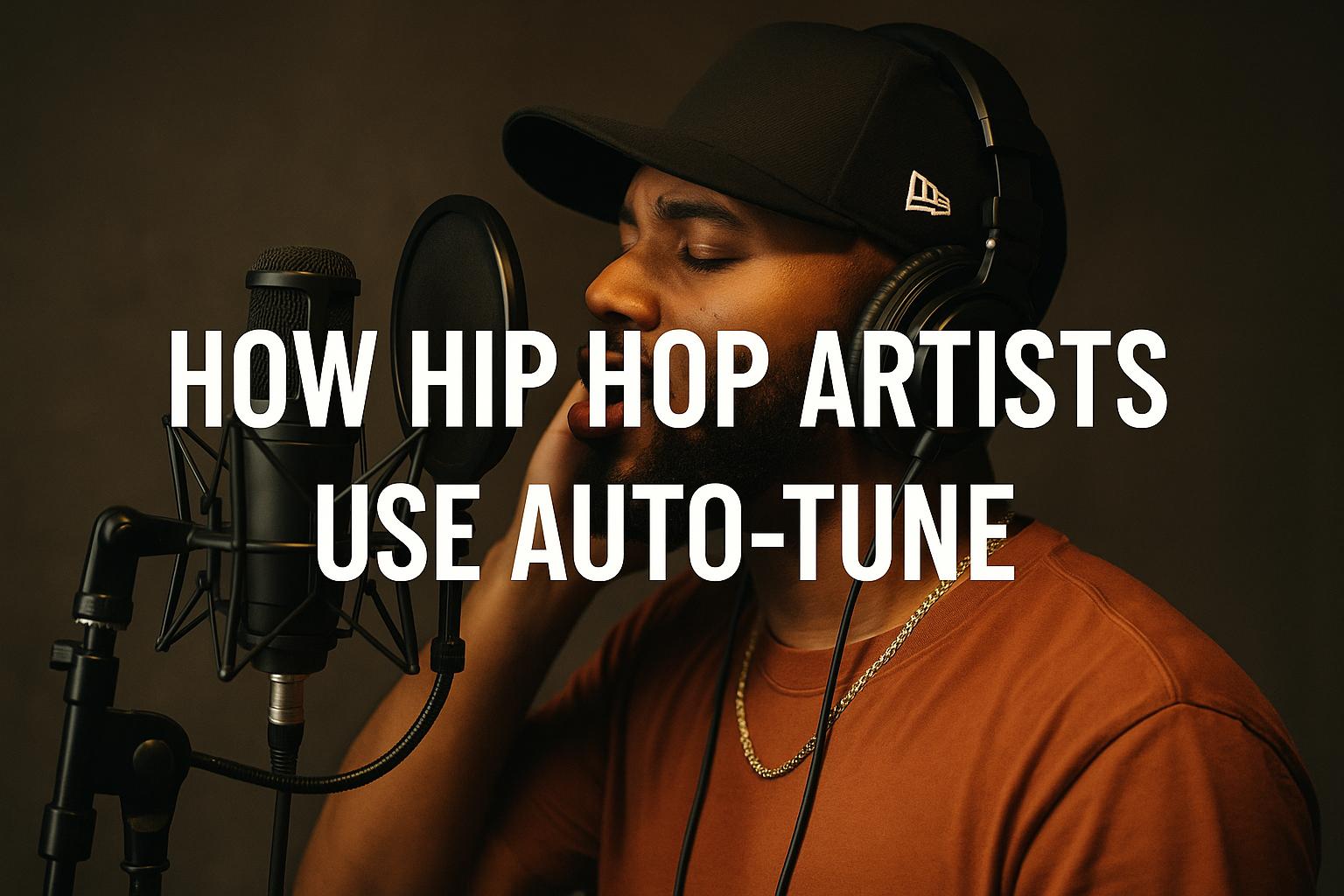The Infamous Tupac Shakur and The Notorious B.I.G. Feud
The tension between Tupac Shakur and The Notorious B.I.G. was a defining moment in hip hop history, contributing significantly to the East Coast-West Coast rivalry during the 1990s. The feud escalated following Shakur’s near-fatal shooting in 1994, which he publicly blamed on his former friend, The Notorious B.I.G., and others in the East Coast scene. This rivalry not only dominated the hip hop narrative during its time but also remains one of the most talked-about moments in the music industry. The two artists were at the forefront of a cultural movement that not only captivated audiences but also sparked a turbulent era marked by competition, diss tracks, and a flurry of media attention.
This conflict between the two rap icons was deeply rooted in the geographical and stylistic distinctions between the East Coast and West Coast hip hop scenes. The East Coast was characterized by a style that originated in the New York City clubs, emphasizing lyrical dexterity and complex wordplay. In contrast, the West Coast sound, largely propagated by artists like Dr. Dre and Ice Cube, brought about a new wave of music with its laid-back beats and heavy emphasis on gangsta rap.
As the tension between the camps grew, it was fueled further by each side’s label affiliations, industry politics, and neighborhood loyalties. Tupac being based in Los Angeles and representing the West Coast under Death Row Records, led by Suge Knight, was pitted against The Notorious B.I.G., a New York City native and part of the East Coast’s Bad Boy Records, which was spearheaded by Sean “Puffy” Combs.
Kanye West Interrupts Taylor Swift at the 2009 MTV VMAs
In 2009, during the MTV Video Music Awards, Kanye West interrupted Taylor Swift’s acceptance speech for Best Female Video. West’s action, where he asserted that Beyonce had one of the best videos of all time, sparked widespread controversy and cemented his reputation for unpredictability and audacity. This incident remains a frequently cited example of controversial behavior in hip hop and pop culture.
The occurrence became a polarizing moment, leading to discussions across various media platforms about decorum, respect in award shows, and the cultural influence of celebrities. The public reaction was mixed, with many criticizing Kanye for stealing Swift’s moment, while others praised him for speaking his mind, thus furthering the narrative of free speech within the music community.
Furthermore, the incident contributed to a long-lasting narrative arc between Kanye West and Taylor Swift, which would evolve over the ensuing years with further awards-show encounters and lyrical references. This exchange highlighted the symbiotic relationship between hip hop and pop culture, where controversies serve to amplify an artist’s visibility and influence the broader cultural landscape.
N.W.A Faces Backlash with “F*** tha Police”
N.W.A, one of the pioneering groups in gangsta rap, created a massive stir with their track “F*** tha Police,” released in 1988. The song, which expressed critical views of law enforcement, was seen as provocative and an incitement of violence by authorities. It garnered the attention of the FBI, which issued a warning letter to the group’s record label. This moment underscored hip hop’s role as a voice for social commentary and protest.
The reaction to “F*** tha Police” served to highlight the potent power of music as a medium for social and political expression. N.W.A’s willingness to address issues such as police brutality and systemic racism resonated with many young listeners who felt disconnected from mainstream socio-political narratives at the time. While some critics labeled the track as dangerous or subversive, others hailed it as an honest reflection of the struggles facing many African-American communities.
Controversy and revolution in art: The ongoing impact of such politically charged music was long-lasting and influenced an entire generation of artists who followed in N.W.A’s footsteps. Bands and artists across multiple genres took inspiration from their willingness to use art as a platform for addressing serious issues, contributing to a rich tradition of social-oriented music that continues to this day.
Nas vs. Jay-Z: The Epic Lyrical Battle
The rivalry between Nas and Jay-Z is often regarded as one of the greatest lyrical battles in hip hop history. The conflict culminated in a series of diss tracks, including Nas’s “Ether” and Jay-Z’s “Takeover.” This competitive exchange brought a heightened focus on lyrical prowess and showcased the intense personal and professional tensions that can arise amongst top artists.
These dynamic exchanges aimed to establish dominance within the industry and represent the archetypal showdown between two heavyweight rappers. Their ability to harness personal grievances into compelling musical compositions demonstrated the multifaceted talent inherent in the hip hop genre. Each track was dissected by fans and critics alike, exemplifying the powerful role lyricism plays in hip hop and the detailed storytelling capacity of rap as a medium.
Beyond the music itself, the beef between Nas and Jay-Z catalyzed a broader conversation within the community about authenticity, respect, and the competitive nature of hip hop. For many, this battle symbolized the essence of the music industry: a competitive yet productive space where artists can express dissent and support through creative output.
Dr. Dre and Eazy-E Part Ways
The fallout between Dr. Dre and Eazy-E marked another controversial chapter in hip hop. Once part of N.W.A, contract disputes and personal differences led to a bitter split. Dre’s departure from the group allowed him to collaborate with Suge Knight to form Death Row Records, a move that would significantly shape the sound and business of hip hop in the early 1990s.
With Death Row Records, Dr. Dre laid the groundwork for what would become a pivotal manufacturing hub for some of rap’s most influential work. This separation from Eazy-E and the formation of his own label played a crucial role in changing the landscape of music production, contributing a distinct sonic evolution that has persisted in contemporary hip hop.
This move allowed for the creation and proliferation of highly influential artists such as Snoop Dogg, Tupac Shakur, and many others. The business strategies and musical innovations that emerged from the label exemplify the entrepreneurial spirit within the genre and underscore hip hop’s evolution from a musical movement to a powerful cultural industry.
These moments in hip hop history sparked debates and discussions that resonated beyond the music industry, influencing cultural narratives and personal relations among artists and fans alike. The controversies often highlighted ongoing social issues, thus contributing to broader public discourse. As hip hop continues to grow and evolve, its history remains a compelling story of artistic innovation, social commentary, and cultural influence.




